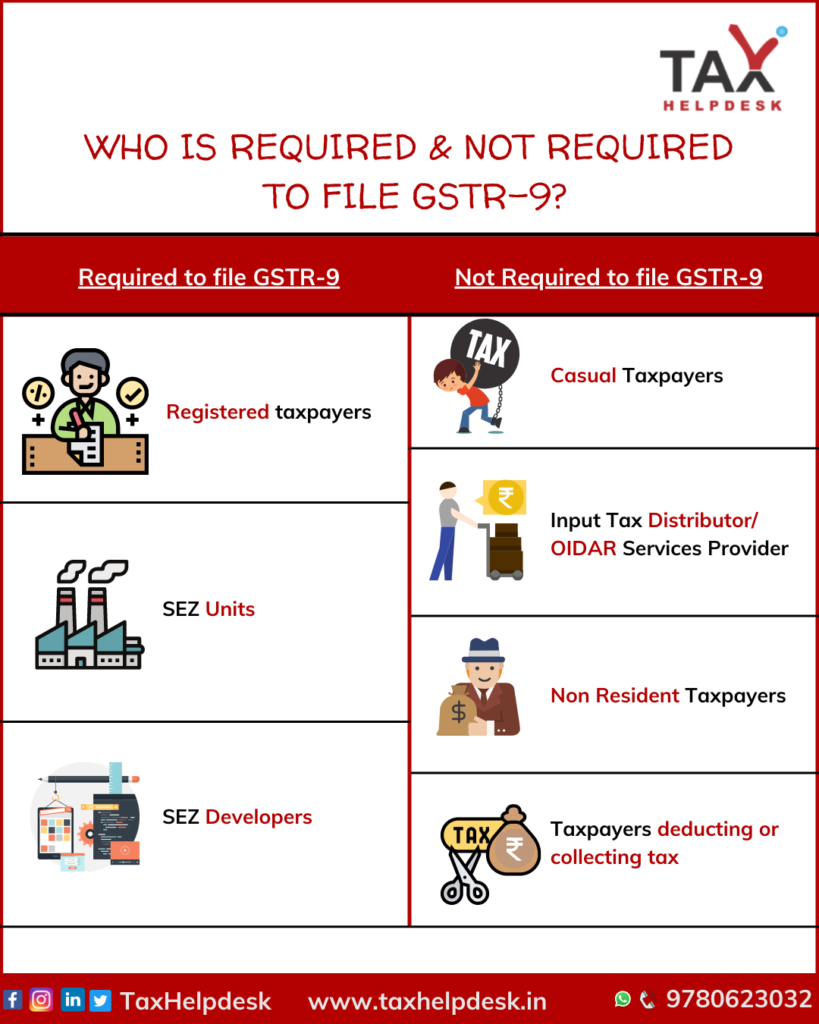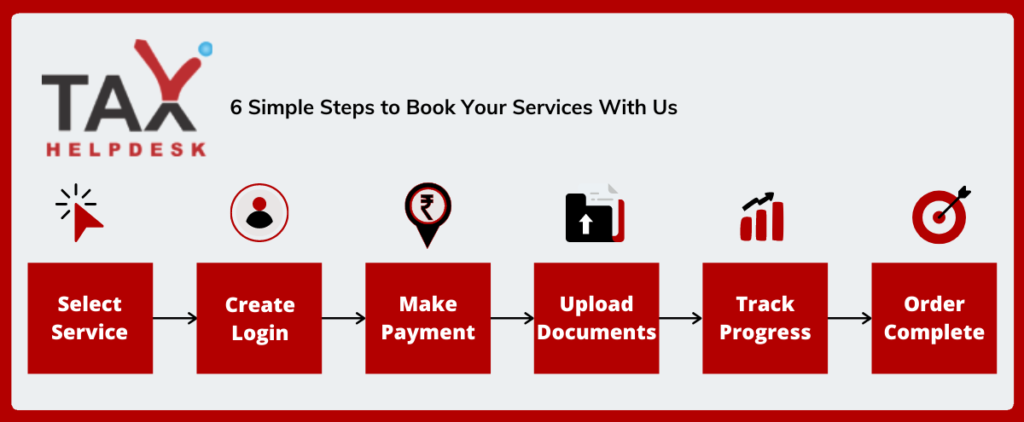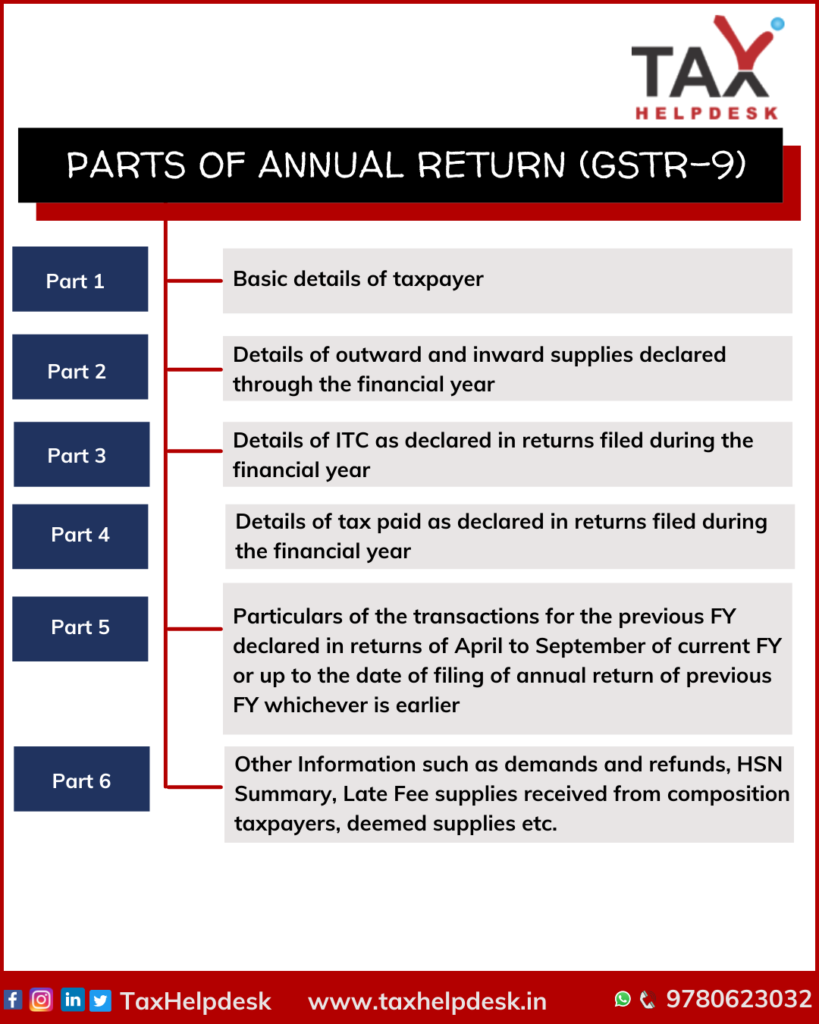- GST Annual Return or GSTR-9
- What is GST Annual Return?
- Who are required & not required to file Annual Return
- Follow these steps to get your GST Annual Return filed by TaxHelpdesk experts!
- GSTR-9 to be filed for each GSTIN
- Parts of Form GSTR-9
- Documents required for GST Annual Return Filing
- Process of filing of Annual Return
- By when should you get your GSTR-9 filed?
- Consequences of late filing of GSTR-9
- FAQs
Every GST registered taxpayer has to file an Annual Return along with the other monthly/quarterly returns. Non-filing of Annual GST Return leads to late fees, interest and late penalties. Therefore, get your Annual Return filed today from TaxHelpdesk experts!
Annual GST Return Plan includes:
– Entry of outward and inward supplies declared through the financial year
– Entry of ITC as declared in returns filed during the financial year
– Entry of tax paid as declared in returns filed during the financial year
– Other information entry like late fees and interest
– Full assistance in filing of GSTR-9























Reviews
There are no reviews yet.